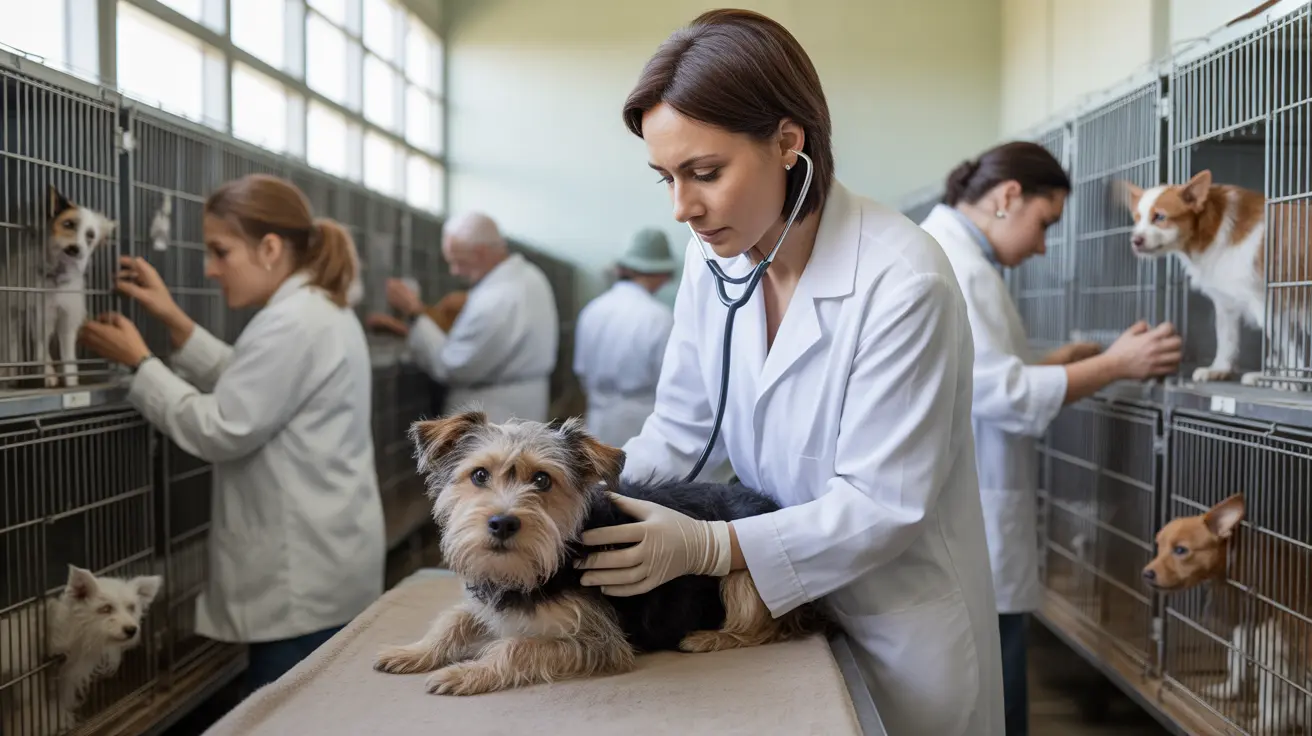In a significant animal hoarding intervention in Watertown, Connecticut, authorities have rescued approximately 50 animals from a residential property, leading to the arrest of one individual. This case highlights the ongoing challenges of animal hoarding situations and their impact on both animal welfare and community safety.
The incident, which required coordinated efforts from local animal control and law enforcement, represents one of the larger animal hoarding cases recently documented in Connecticut. The successful rescue operation demonstrates the importance of swift intervention when animal welfare is at risk.
Understanding Animal Welfare and Hoarding
Animal hoarding situations often develop gradually, creating dangerous conditions for both animals and humans involved. These cases typically involve the accumulation of more animals than one can properly care for, leading to compromised living conditions and health risks for all inhabitants.
Signs of Animal Neglect
- Overcrowded living spaces
- Inadequate sanitation
- Insufficient food and water resources
- Limited or no veterinary care
- Deteriorating living conditions
Connecticut Animal Control Response
Local animal control agencies maintain strict protocols for handling large-scale animal seizures. In this Watertown case, authorities followed established animal seizure procedures to ensure the safety and proper handling of all rescued animals.
Legal Framework and Enforcement
Connecticut animal cruelty laws provide clear guidelines for addressing animal hoarding cases. These regulations enable authorities to:
- Intervene when animal welfare is compromised
- Remove animals from dangerous situations
- Pursue legal action against responsible parties
- Ensure proper care and rehabilitation for rescued animals
Impact on Animal Shelter Systems
Cases like this Watertown incident often create significant challenges for local animal shelter operations. Animal shelter overcrowding becomes a serious concern when dozens of animals require immediate housing and care simultaneously.
Pet Hoarding Rescue Challenges
The rehabilitation of animals from hoarding situations requires:
- Immediate medical assessment and care
- Behavioral evaluation
- Special housing arrangements
- Long-term care planning
- Resources for potential adoption
Frequently Asked Questions
What signs indicate someone might be struggling with animal hoarding?
Common indicators include having more animals than can be properly cared for, deteriorating living conditions, resistance to letting others see the living space, and inability to provide basic care like food, water, and veterinary attention for all animals.
How do animal control agencies handle the rescue of animals from hoarding situations?
Animal control follows established seizure procedures, including documenting conditions, providing immediate medical care, securing proper transportation, and coordinating with local shelters for temporary housing and care of rescued animals.
What are the legal consequences for animal hoarding in Connecticut?
Under Connecticut animal cruelty laws, individuals found guilty of animal hoarding can face criminal charges, fines, and potential imprisonment. Courts may also mandate mental health evaluation and treatment, and restrict future animal ownership.
Moving Forward
This Watertown case serves as a reminder of the importance of early intervention in potential hoarding situations. Community awareness and prompt reporting of concerning situations can help prevent animal suffering and enable faster response from appropriate authorities.
For those concerned about potential animal hoarding situations in their community, reaching out to local animal control or welfare organizations is the first step toward ensuring animal safety and well-being.






